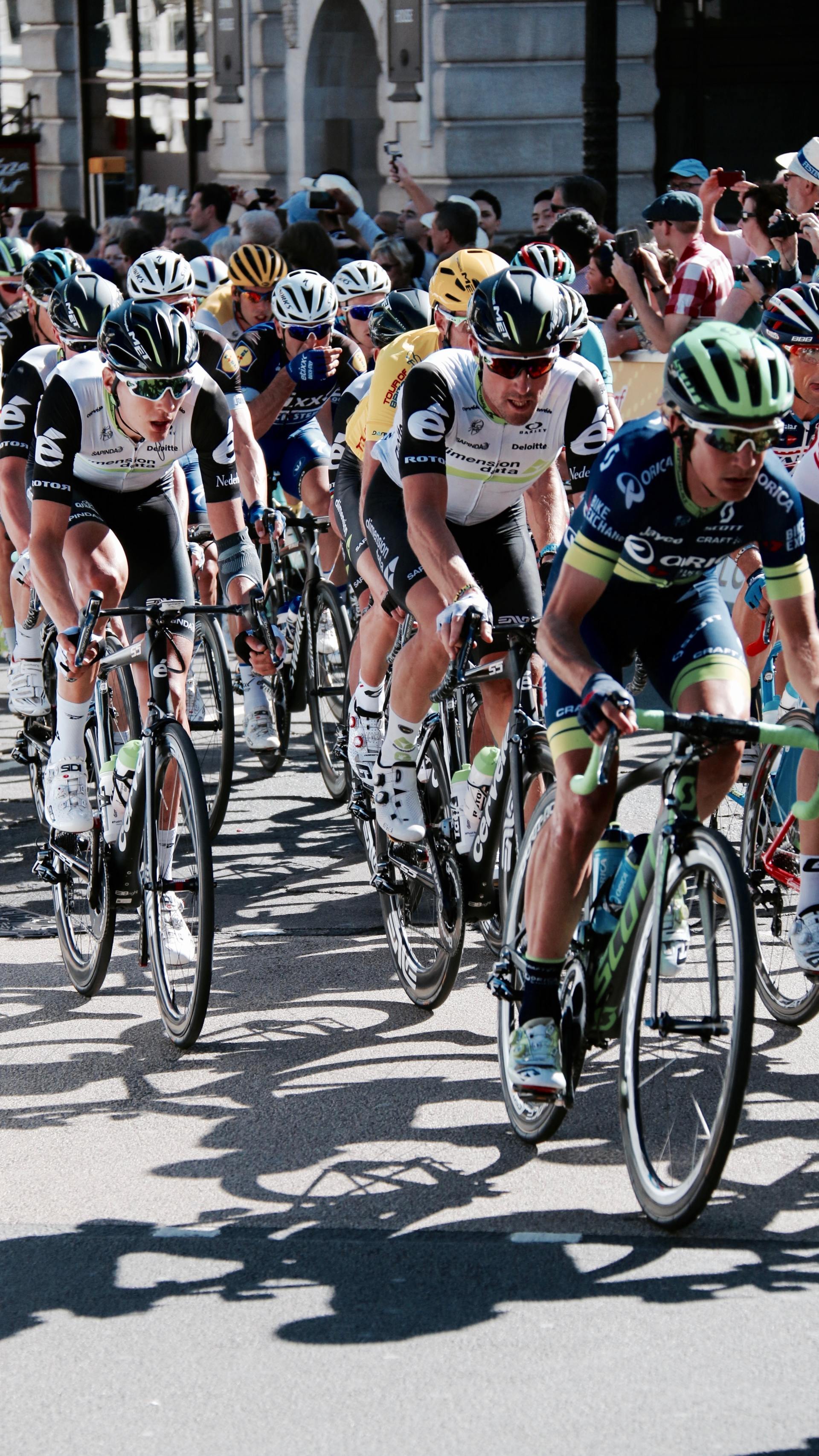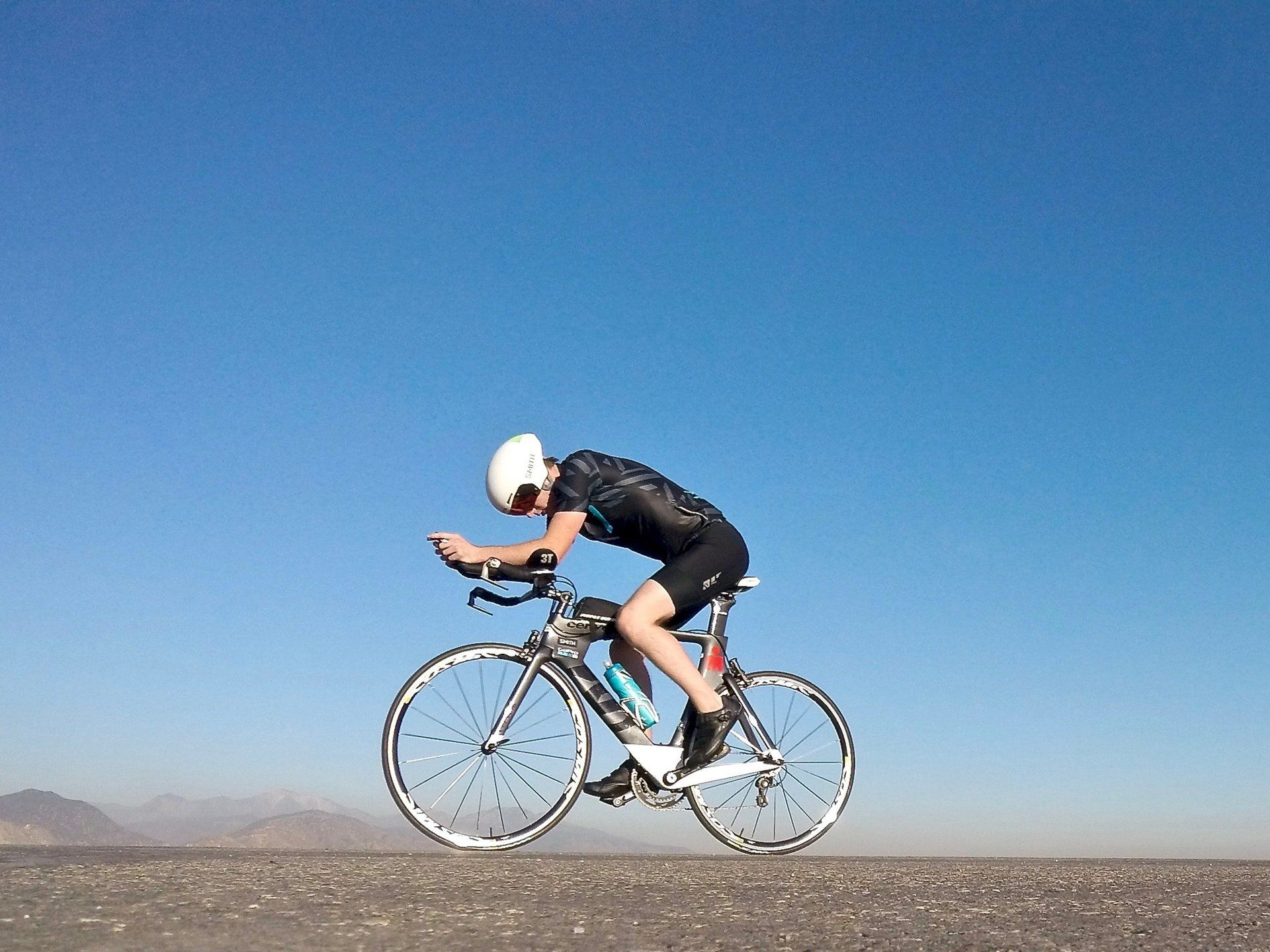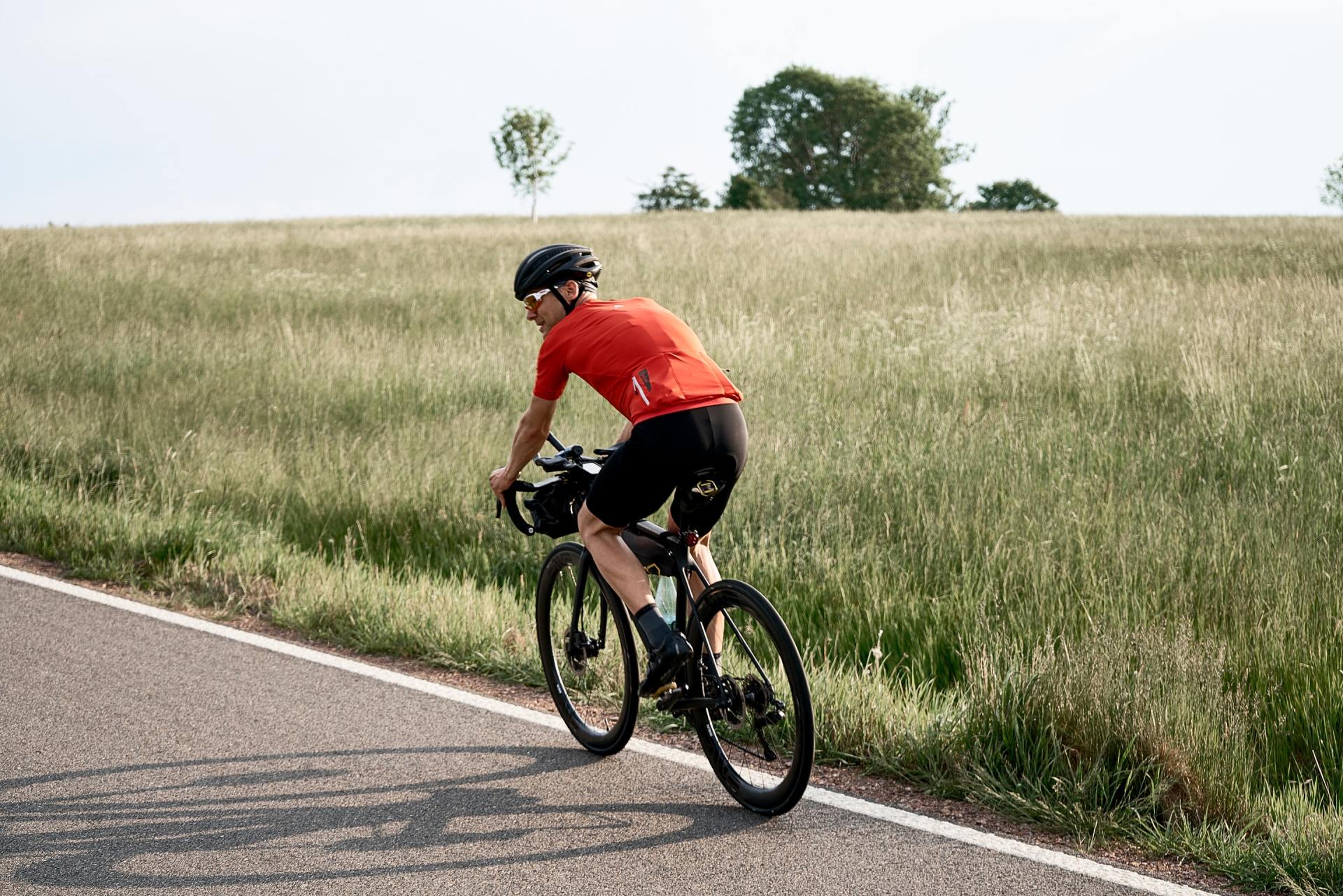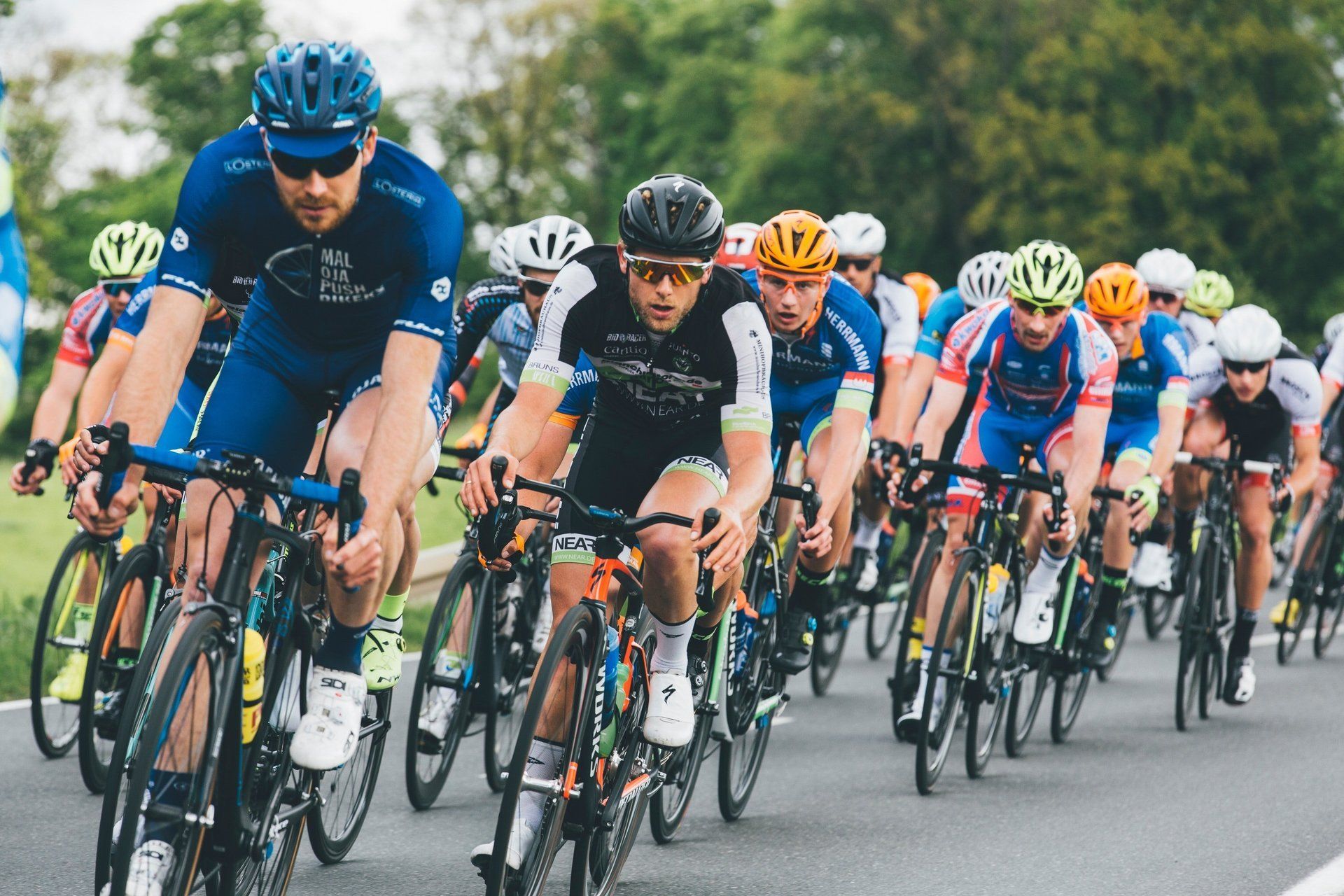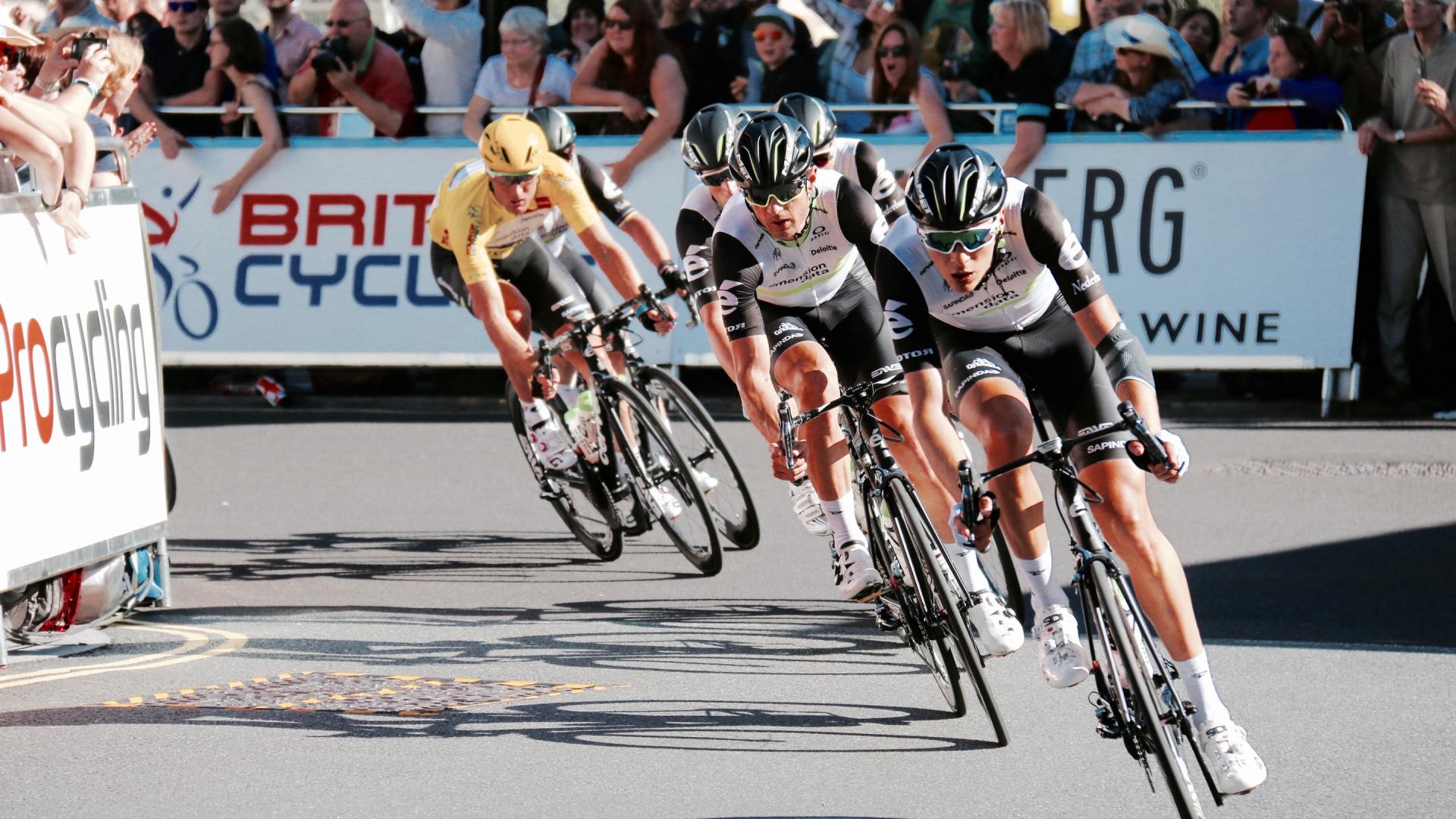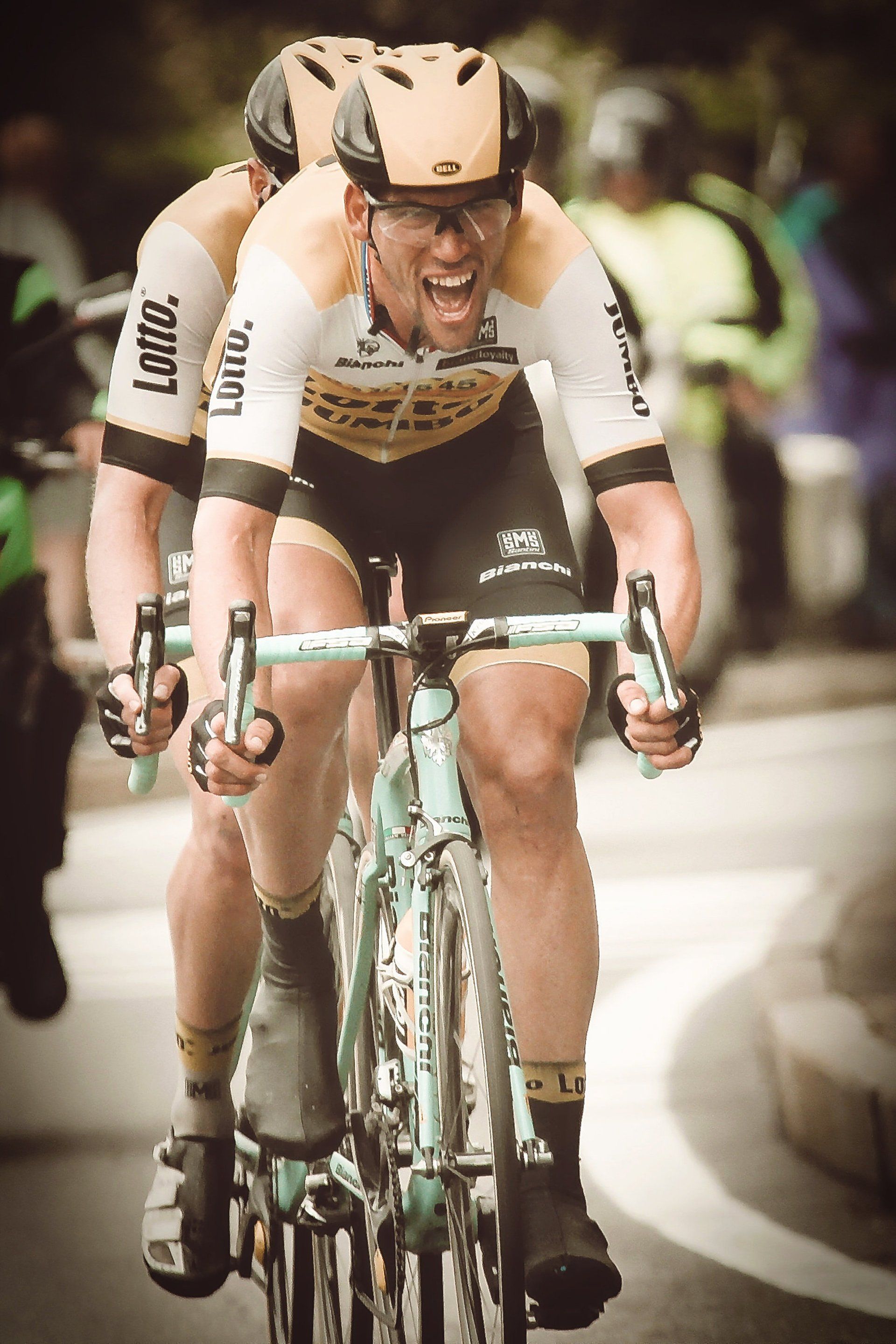Cycling Orthotics
Cycling Orthotics
Reduce pain and discomfort while improving performance.
Reduce pain and discomfort while improving performance.
Cyclists are renowned for having an unusually high threshold for pain. Whether its riding in challenging events and extreme conditions or suffering through hard workouts, cyclist that push past unbelievable discomfort, but you shouldn’t have to settle for uncomfortable or painful feet and knees.
Reduce Cycling Stress on the Body
Reduce Cycling Stress on the Body
Like most endurance athletes, cyclists are especially at risk for chronic injuries because of the repetitive nature of cycling. In an average ride a cyclist pedals up to 6,000 revolutions per hour. When you multiply that hour due to intense training over the course of weeks and months, the toll cycling takes on your body can start to add up. The repetitive wear and tear of cycling leads to chronic injuries, such as:
- Plantar Fasciitis
- IT Band Syndrome
- Patellatendonitis
- Trochanteric Bursitis
- Medial Tibial Stress Syndrome
- Achilles Tendonitis
- Paresthesia of the foot
- Metatarsalgia
Ideally your foot, knee and hip should all be on the same plane as you travel through you pedal stroke, but one of the greatest factors that contributes to the onset of an injury in cyclist is poor biomechanics and fit causing misalignment in the body. One of these flaws that can cause misalignment in the lower body is over pronation at the ankle, or collapse of the medial arch, causing excessive horizontal movement of the knee during the pedal stoke, putting immense pressure on an already sensitive structures. During short rides, misalignment and poor biomechanics often isn’t problematic because most seasoned cyclists in good fitness and form have developed their musculature to compensate for the errors in their biomechanics. But when the miles start adding up day-to-day and week-to-week and fatigue starts to set in so that the muscles can no longer compensate for the flawed biomechanics, they can become problematic.
Traditionally, orthotics have not been thought of as a solution to misalignment and flawed biomechanics in cycling. This is because the typical bike shoe puts the pedal under the ball of your foot, well in front of the support provided by the traditional orthotic which is only the rear 2/3 of your foot. Because the philosophy at The Custom Foot is more holistic and believes in firm but flexible orthotics that do support the entire foot, we have found that we can construct a cycling specific orthotic that can be extremely effective in the cycling environment. Firstly by limiting the cyclists risk for chronic injuries by fixing flaws in biomechanics and secondly by creating better muscle utilization by aligning the skeletal structure. When an orthotic holds the skeletal structure in a more ideal biomechanical position the muscles, which had to compensate for the flaws, can switch their focus from providing support to the knee to providing power to drive the pedal creating a more efficient pedal stroke.
Cycling Orthotics
Keeping with the fundamental features behind all of our orthotics we are able to create a cycling specific orthotic that accurately supports your foot, aligning your ankle, knee and hip in a biomechanically neutral position, and evenly distributing pressures, eliminating, hot spots and numbness. We are able to accomplish this by utilizing a material that is thin, so it doesn’t take up space in space limited cycling shoes, while maintaining accurate pressure distribution without breaking down prematurely. Then, as in the rest of our orthotics, we utilize a secondary material that is adhered to the underside of the first piece, providing structure and support to the orthotic.


